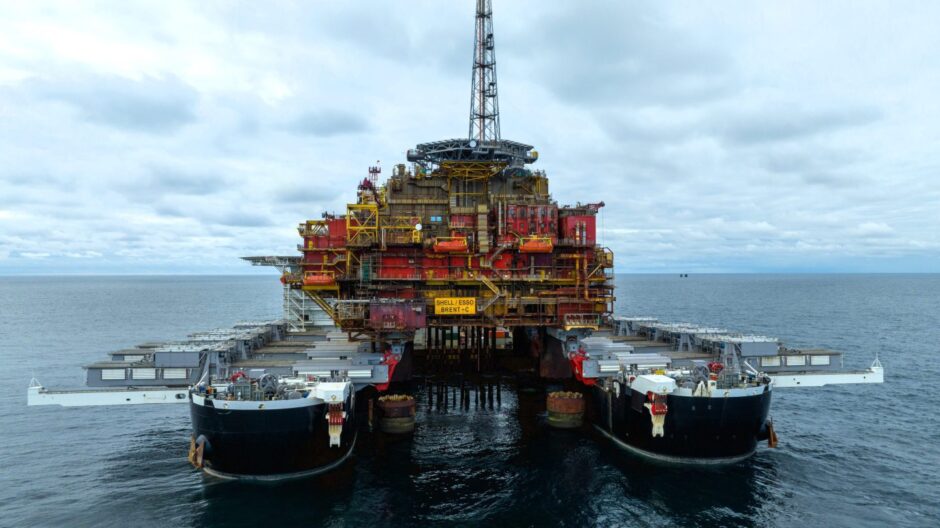
Mammoet has skidded the Brent Charlie topside into place for decommissioning at the Able Seaton Port in Hartlepool.
The Dutch heavy lift firm has performed the decommissioning load-ins of all three gravity-based Brent topsides, with Charlie the last and heaviest to be positioned
Mammoet said the skidding of the 31,000 tonne topside onto the quayside presented “complex engineering and safety challenges”.
Ahead of the load-in, the Brent Charlie was transferred from the Allseas Pioneering Spirit vessel, which lifted the topside from the North Sea in July this year, to the Iron Lady cargo barge.
Once in position at the port, Mammoet skidded the topside over twelve tracks in two stages in an operation which lasted more than 12 hours.
The operation required a configuration of 76 skid shoes and 40 push-pull units to transfer the massive structure approximately 130 metres, at a speed of 15 metres per hour.
Brent Charlie skidding
Mammoet sales director Richard Verhoeff said one of the biggest challenges in the operation was managing the stability of Brent Charlie’s four legs.
He compared it to needing to place beer mats under the legs of a four-legged table to stop it from wobbling.
“When you look at stability, three legs are always stable; four legs are not,” Verhoeff said.
“You try to keep a three-point suspension when performing a load-in, and still need to achieve that even with four legs.
“That’s where hydraulic grouping comes in very handy.”
Mammoet project manager Leo de Vette said the firm’s previous success in loading-in the Brent Bravo and Delta topsides provided valuable experience.
“We have a pragmatic approach, which is required on jobs like this,” de Vette said.
“It’s really a team operation, you must do it together. Time is of the essence, so equipment can be moved to the next job.
“Once the topside is on the barge, there is only one priority – get it off as safely and efficiently as possible”.
Brent legs removal
First installed in June 1978, Brent Charlie ceased production in 2021 after more than 40 years of operation.
It became the fourth and final platform in the field to be removed, following Brent Delta in 2017, Brent Bravo in 2019, and Brent Alpha in 2020.
Operator Shell estimates that Brent production contributed more than £20bn in tax revenues to the UK government.
Earlier this year, Shell disclosed nearly $750m (£584m) of tax rebates received from the UK government for decommissioning Brent.
With all the Brent platform topsides now removed, attention will likely return to Shell’s plans for decommissioning the remaining Brent field legs.
Shell’s proposal to leave the platform legs in place have proven highly controversial, with environmentalists concerned about the impact of the “hazardous waste”.
Greenpeace UK staged numerous protests at the Brent field in 2019 and 2020, accusing Shell of seeking to “abandon” 11,000 tonnes of oil on the seabed.
The oil giant later won a court order preventing Greenpeace and other environmentalists from boarding unmanned North Sea installations.
The plans have also met opposition from other countries within OSPAR – a pan-European convention requiring removal of oil and gas structures from the seabed.
Shell is still awaiting approval for its Brent Field decommissioning plan after submitting its proposals to UK regulator OPRED.
Earlier this year a Shell spokesperson told Energy Voice the company expects to receive approval for its plans in 2024, potentially putting an end to long-running uncertainty over what will happen to the Eiffel Tower-sized structures.
Shell has long argued the risks of removal, including safety and other factors such as environmental and societal impact, outweigh the benefits even when cost is not considered.
Recommended for you


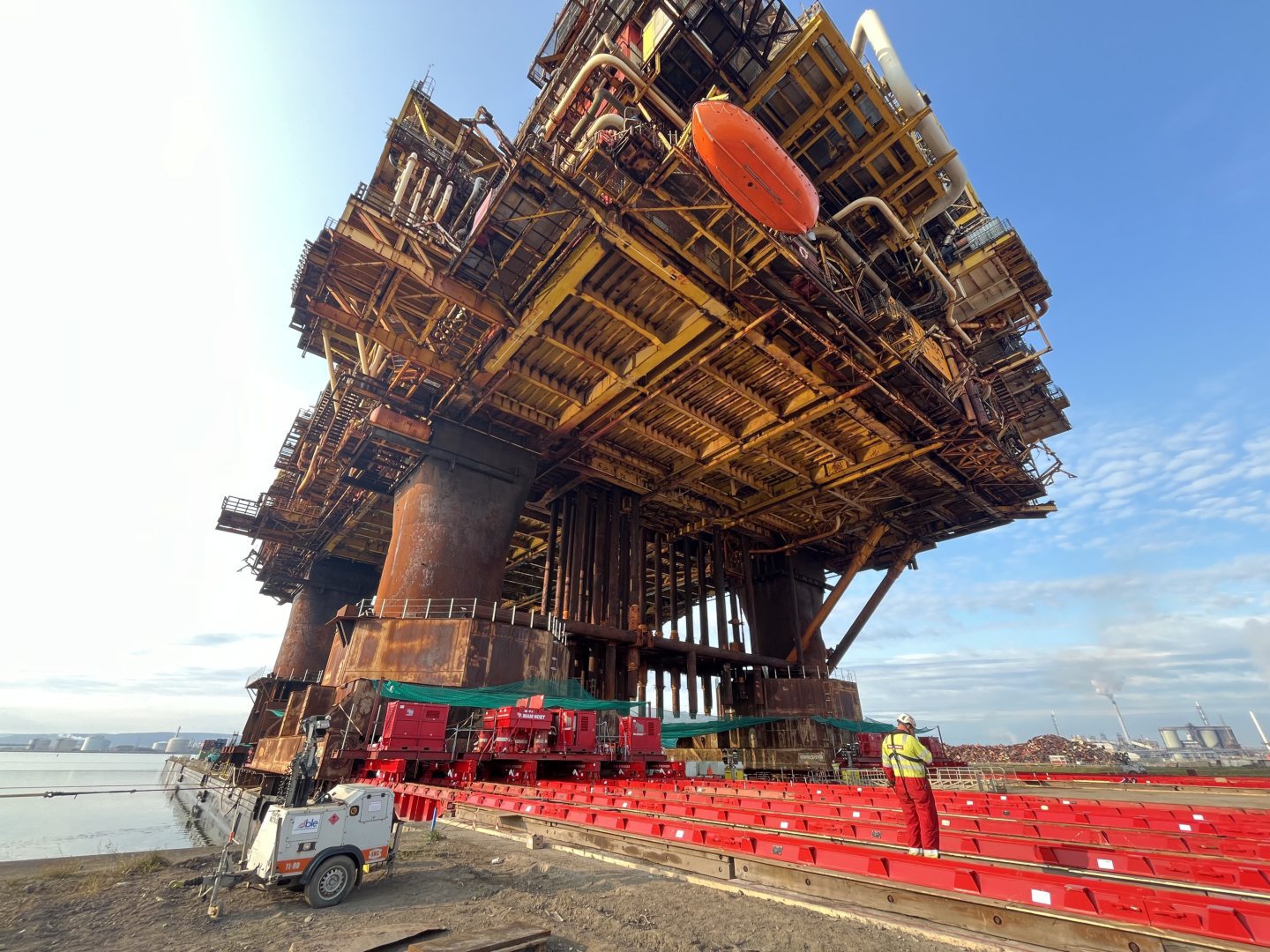 © Supplied by Mammoet
© Supplied by Mammoet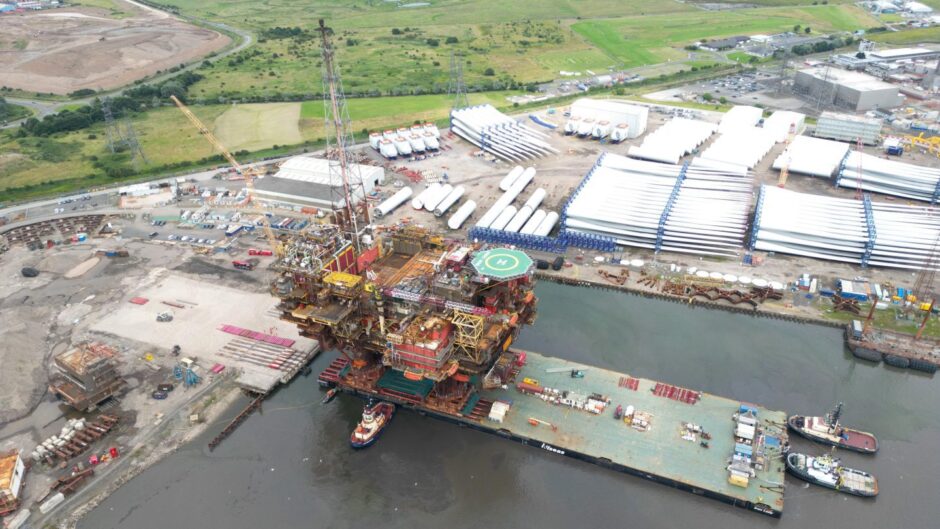
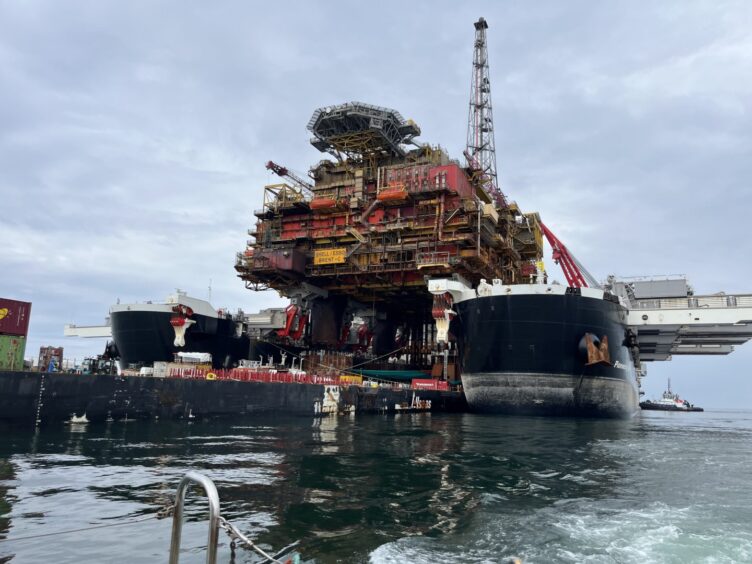
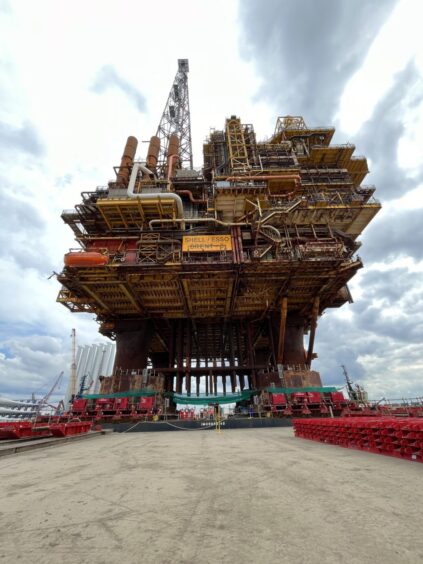
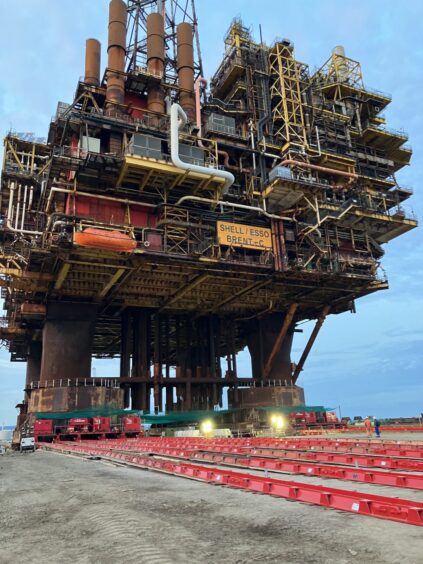
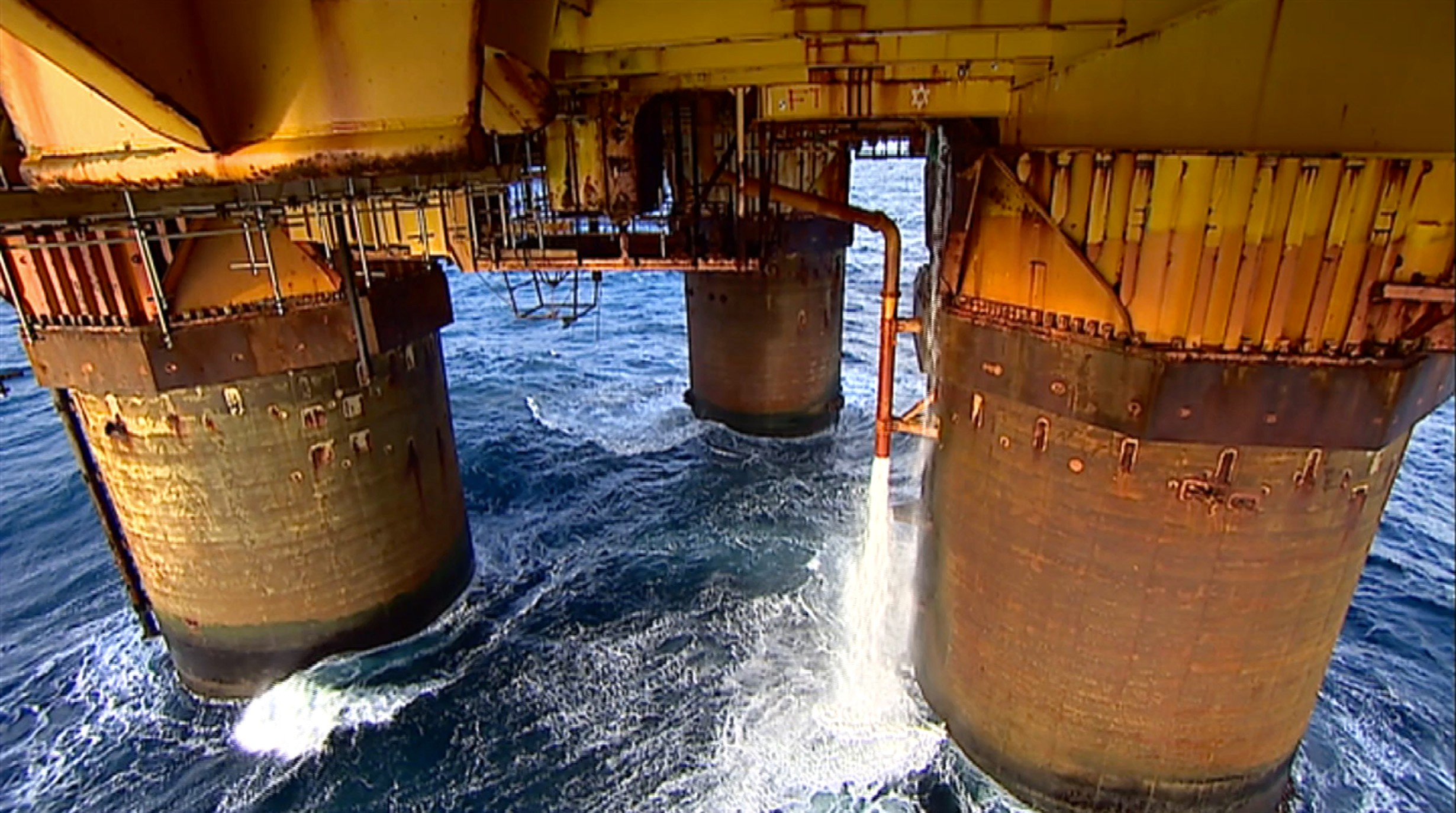
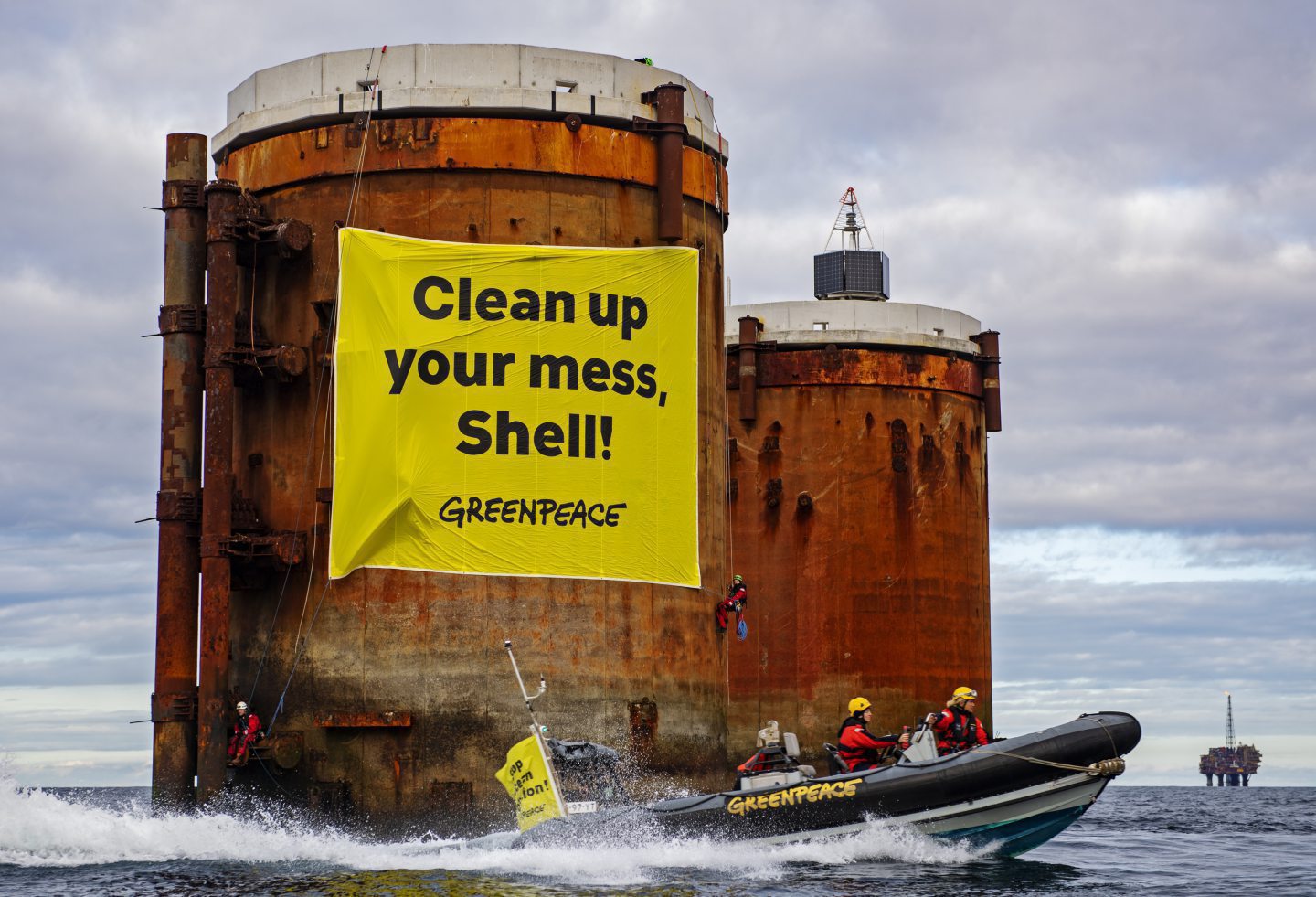 © Supplied by Greenpeace
© Supplied by Greenpeace